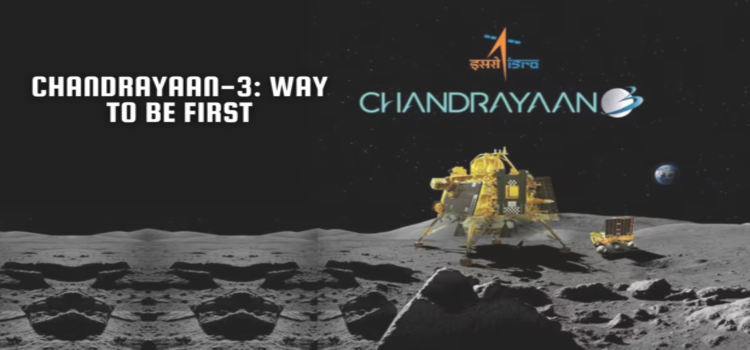The race to conquer the moon's south pole has become a fascinating blend of science, national pride, and economic prospects. India's ambitious Chandrayaan-3 mission, set to land on the lunar south pole this week, holds significant implications for the country's burgeoning space industry.
Initially, Russia's Luna-25 seemed poised to reach the lunar south pole ahead of the competition. However, an unfortunate orbital crash has jeopardized its chances and potentially impacted funding for a future mission. This sudden contest to explore this uncharted lunar region hearkens back to the space race between the United States and the Soviet Union in the 1960s.
Now more than ever, space exploration is fueled by business opportunities, and the moon's south pole is particularly alluring due to its abundance of water ice. Scientists hope that this precious resource can support future lunar colonies, mining ventures, and even pave the way for future missions to Mars.
Under the leadership of Prime Minister Narendra Modi, India has embraced the privatization of space launches and seeks foreign investments to propel its space sector. The nation aims to increase its share of the global launch market fivefold within the next decade. If Chandrayaan-3 achieves its objectives, India's space industry is expected to benefit from its reputation for cost-effective engineering. Impressively, the Indian Space Research Organisation (ISRO) undertook this mission with a relatively modest budget of around $74 million.
In contrast, the United States' NASA is projected to spend approximately $93 billion on its Artemis moon program by 2025, as estimated by the agency's inspector general. The success of Chandrayaan-3 would elevate the status of all involved and solidify their positions in the industry, according to Ajey Lele, a consultant at New Delhi's Manohar Parrikar Institute for Defence Studies and Analyses.
Despite facing Western sanctions and growing isolation due to the Ukraine conflict, Russia successfully launched its moonshot. However, doubts remain about its ability to finance a successor to Luna-25, as the mission's cost has not been disclosed. Previously, Russia contemplated participating in NASA's Artemis program, but in 2021, it announced a partnership with China for lunar exploration, though details about their collaboration remain scarce.
China, which accomplished the first-ever soft landing on the far side of the moon in 2019, has further lunar missions in its pipeline. Estimates from space research firm Euroconsult indicate that China allocated approximately $12 billion to its space program in 2022, underscoring its significant investment in space exploration.
The race for lunar exploration represents an intersection of scientific progress, national interests, and the pursuit of economic opportunities. With India poised for success and other countries actively pursuing their lunar ambitions, the future of space exploration appears full of exciting possibilities.
